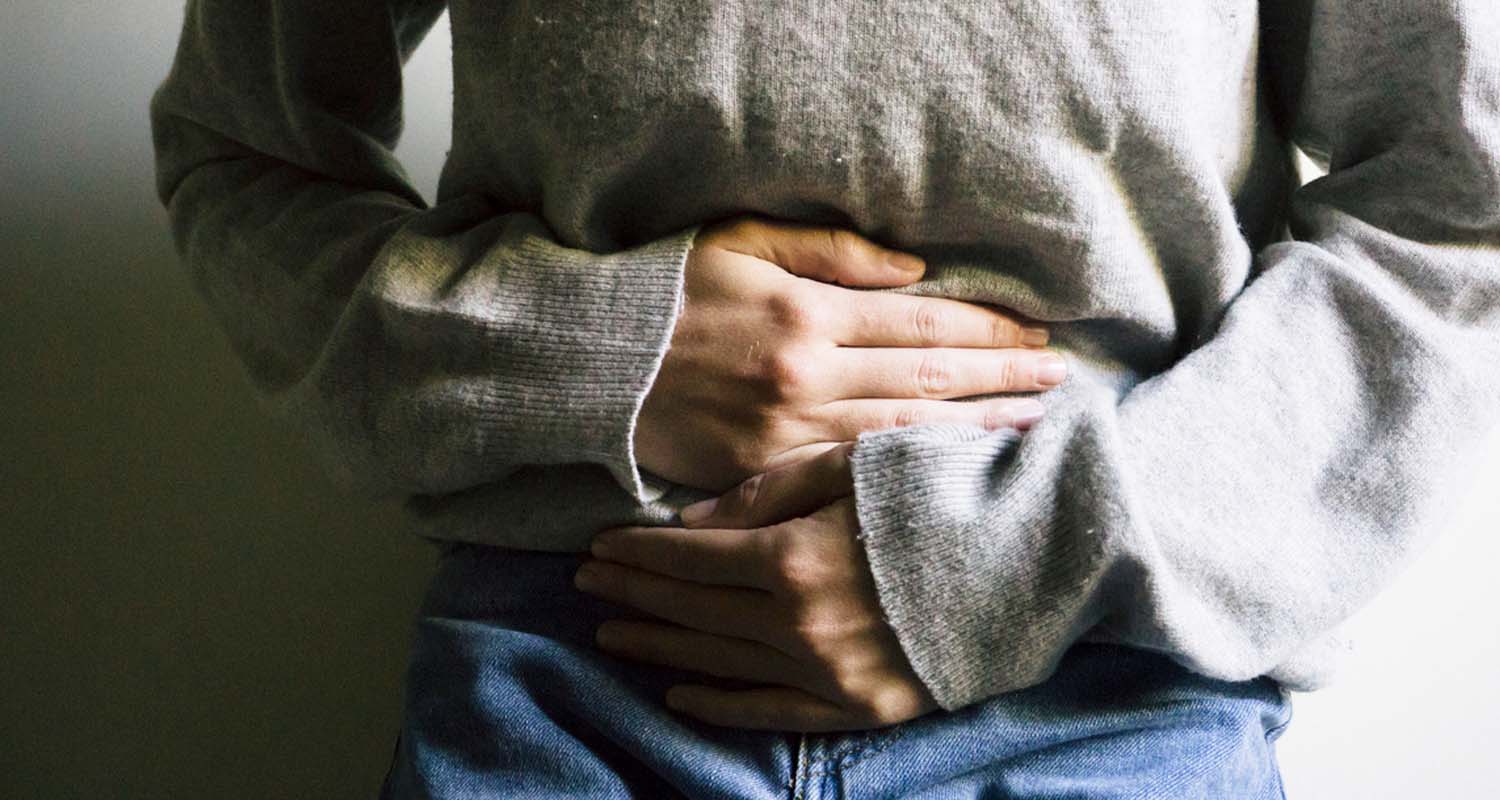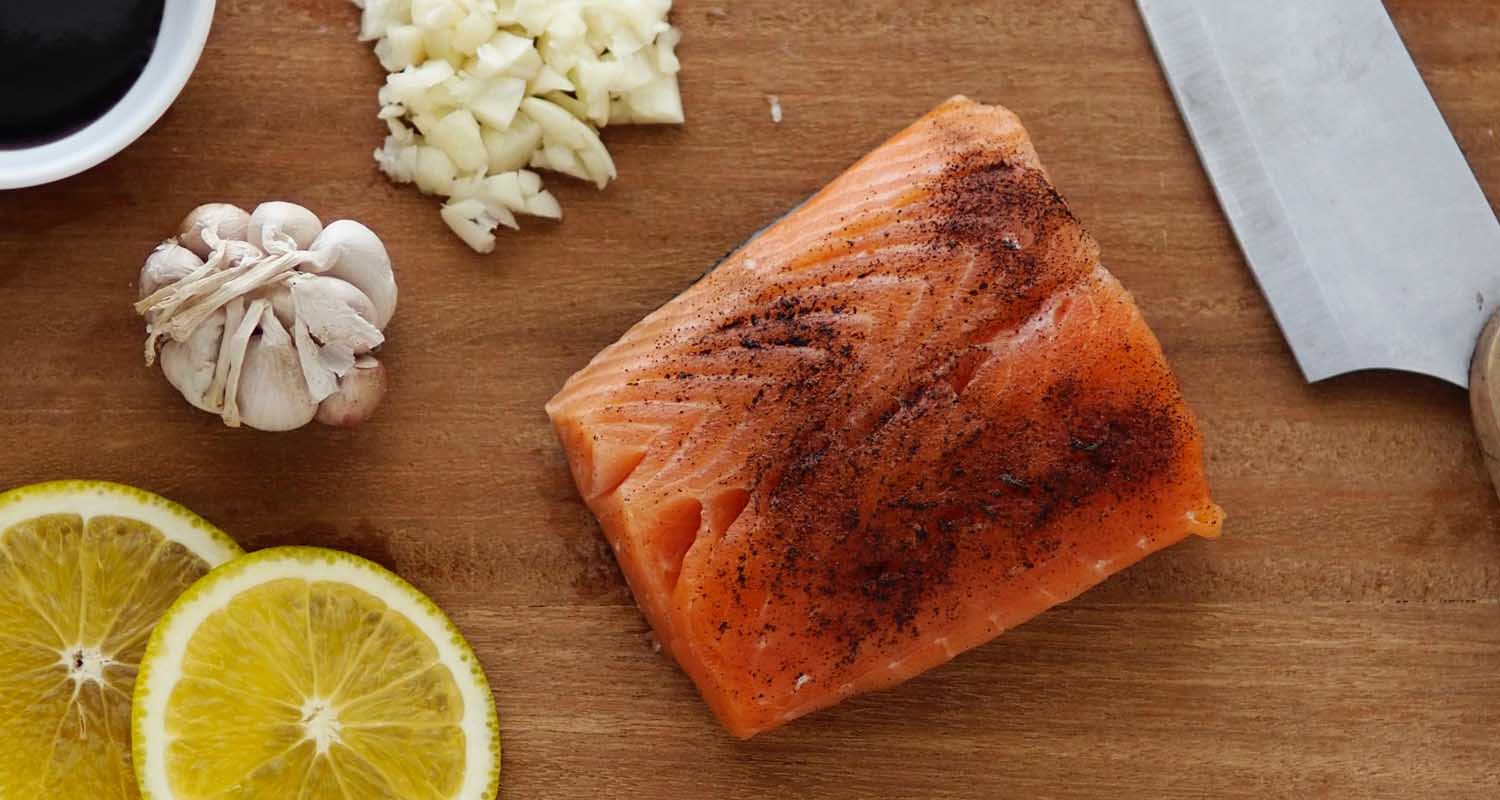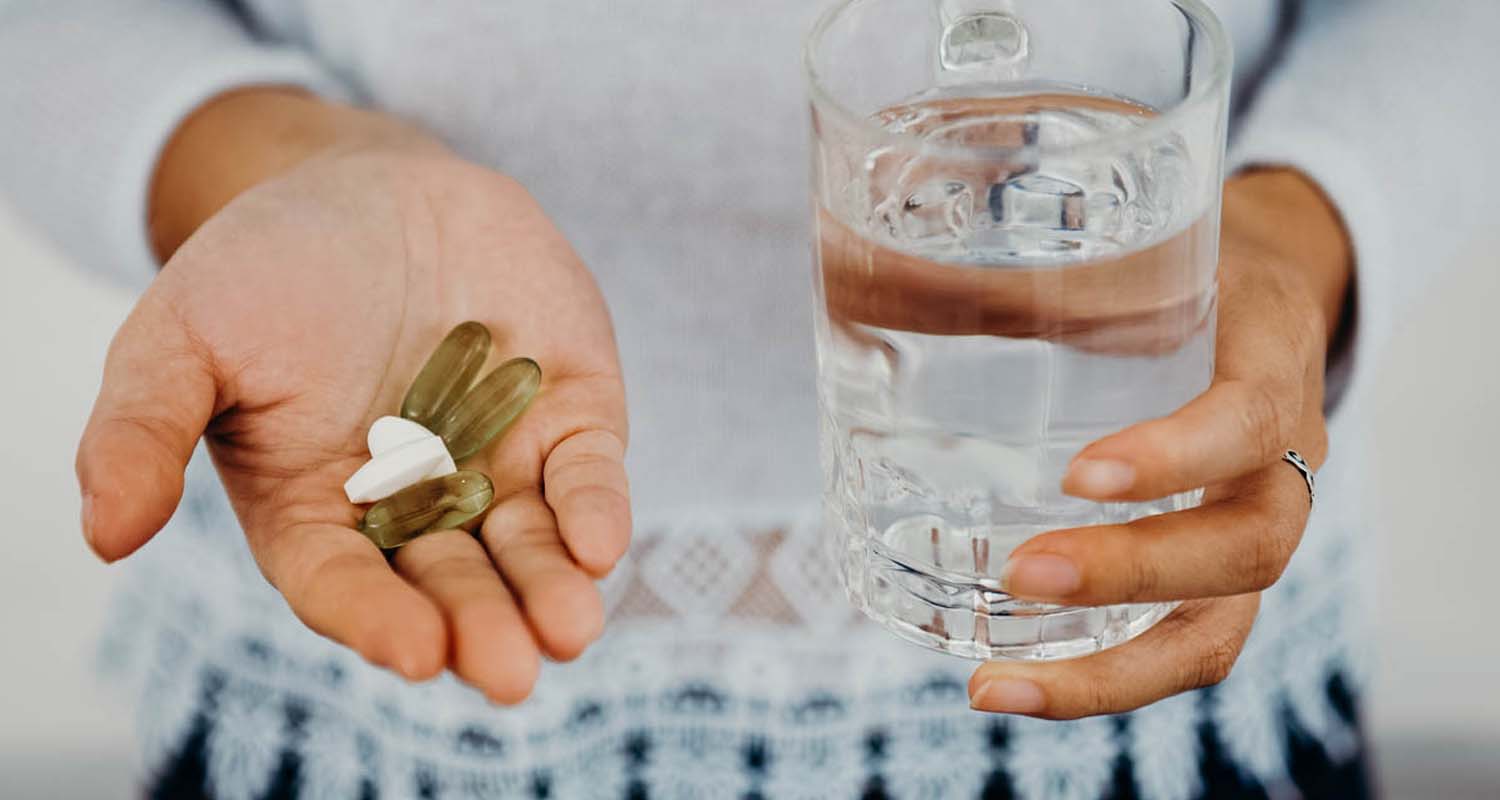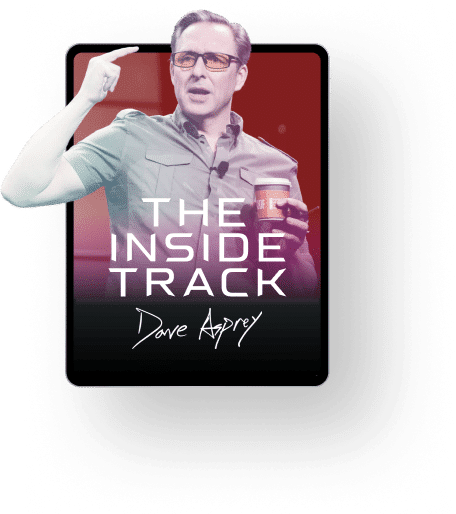Been feeling bad about not hitting those 10,000 steps a day? A new BBC experiment suggests that this fitness goal isn’t all it’s cracked up to be. In fact, a news report reveals that the health advice to walk 10,000 steps a day has zero science behind it, and was instead a part of a marketing campaign to get people excited about the Olympics.
“10,000 steps” is part of an outdated marketing campaign – not a useful fitness strategy
The origin of the 10,000 steps regimen is actually tied to a 1960s marketing campaign in Japan leading up to the 1964 Tokyo Olympics. Concerned that Japanese people would fall victim to a Westernized lifestyle, Dr. Yoshio Hatano, an academic at Kyushu University of Health and Welfare wanted to get people more active. He believed that if he could increase their daily steps from 4,000 to 10,000, then they would burn approximately 500 extra calories a day and remain slim.
Shorter durations of brisk walking beat out 10,000 steps
Recently, British journalist and author Michael Mosley and Professor of Physical Activity and Health at The Centre for Sport & Exercise Science, Sheffield Hallam University visited a factory in Sheffield with a goal to compare the benefits of 10,000 steps to “Active 10” – a program aimed at approximately three sessions of 10 minutes of brisk walking each day. Their small group of volunteers wore activity monitors to measure what exercise they did, as well as how vigorously they did it. A normal day’s activity constituted a control. Copeland divided the group into two – group one walked 10,000 steps (about 5 miles) each day, while group two completed three sessions of Active 10, which equates to about 3,000 steps or 1.5 miles.
The results revealed that the Active 10 group actually completed 30% more ‘moderate to vigorous physical activity’ than the 10,000 steps group, though they exercised for a shorter duration.”It’s when you are doing moderate-intensity activity that you are starting to get the greatest health benefits. There’s lots of evidence to suggest that by [getting your heart beating faster] you can lower your risk of diabetes, cardiovascular disease, and some cancers,” explains Copeland.
Bulletproof your exercise routine with these key ingredients
The goal of exercise is to utilize the most efficient techniques that get the job done in the smallest amount of time and effort. Like doctor, weightlifter, and author Doug McGuff states in Body by Science: Exercise should be brief, intense, infrequent, safe, and purposeful. It’s no surprise that 10,000 steps is not winning at this point.
So what is the best kind of exercise to do? A combination of resistance and aerobic training – like HIIT (high-intensity interval training) – is an excellent choice. It alternates between brief, strenuous exercise and active rest. You might sprint for 60 seconds, walk for 30, do push-ups for 60, walk for 30, and so on. Learn more about HIIT’s benefits and how to do it here. Bonus: HIIT is key for keeping weight off too.
Related: Bulletproof Diet: How To Get A Bulletproof Body





